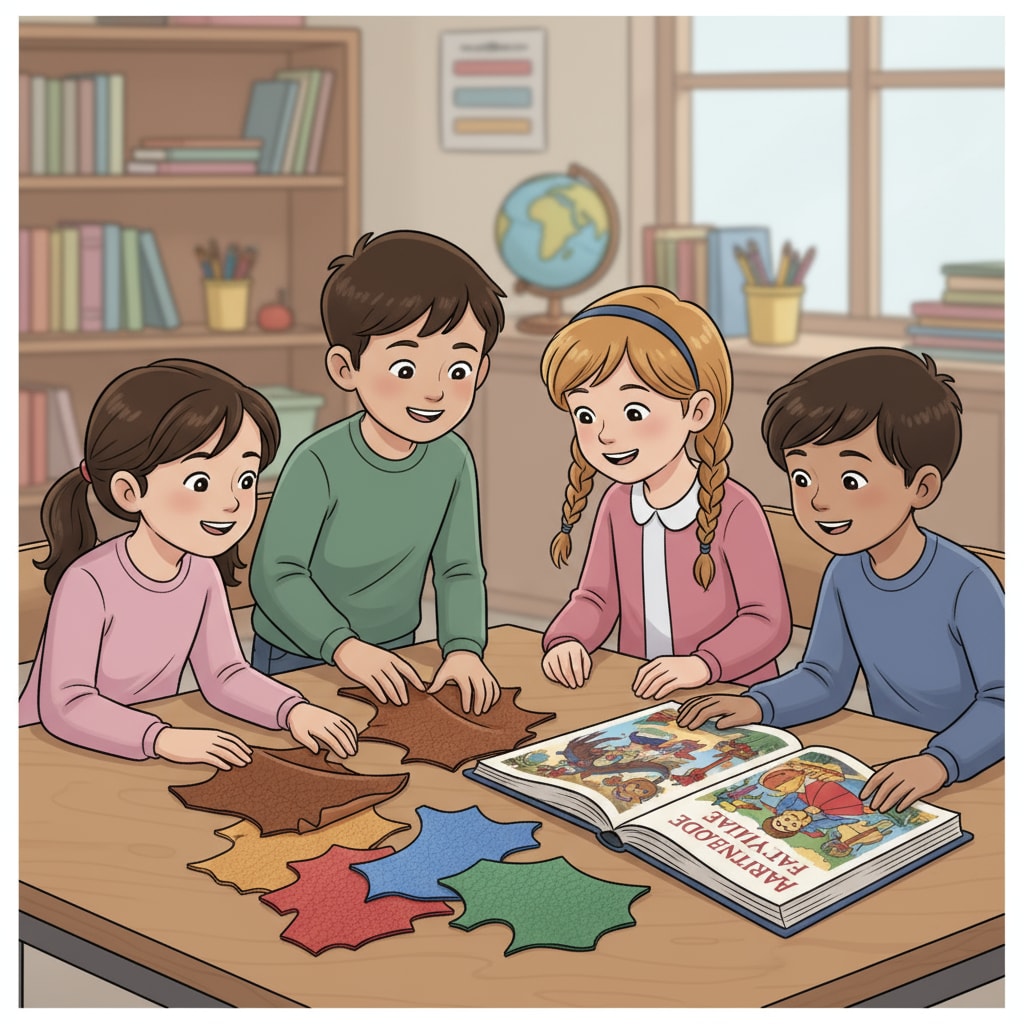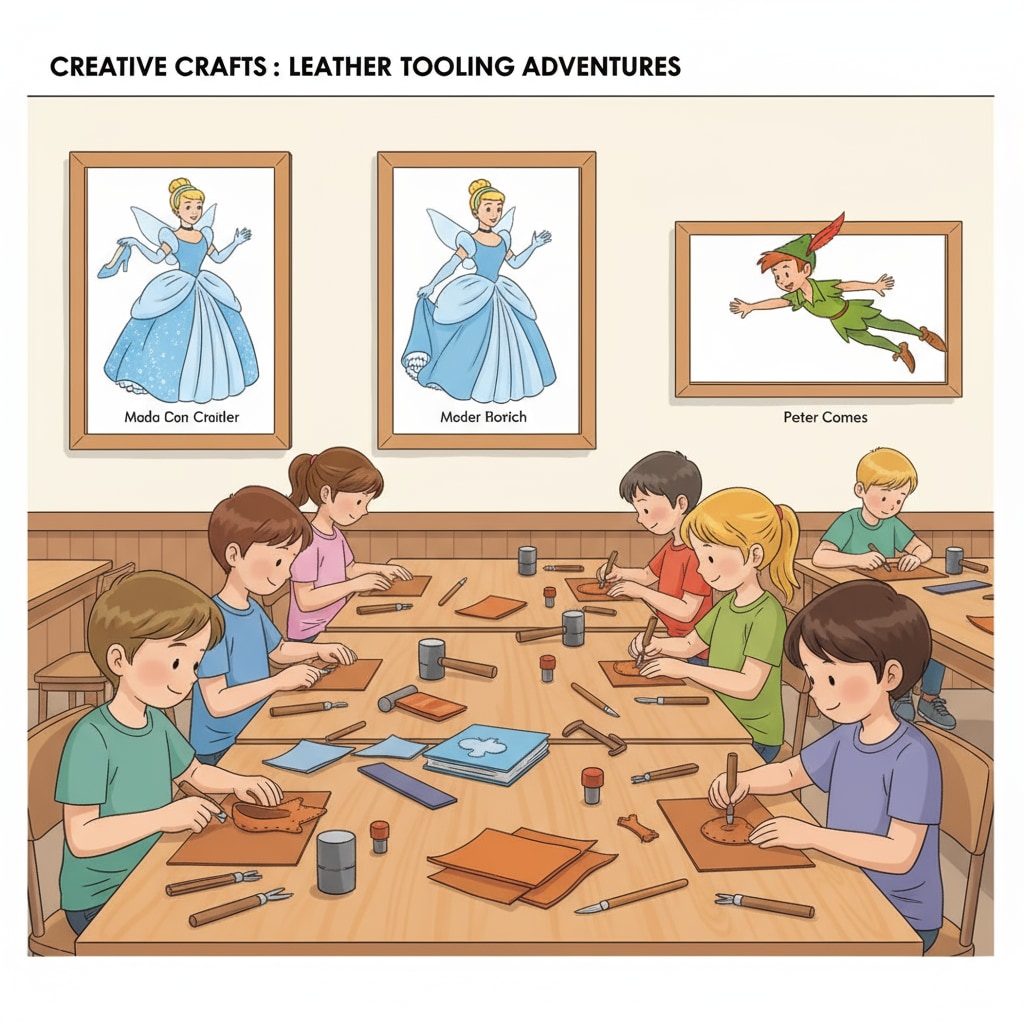Leather education, fairy tales, and children’s learning are three elements that, when combined, can create a unique and enriching educational experience. In modern K12 education, finding innovative ways to engage students is crucial, and this blend offers just that. The idea of bringing traditional leather craft and fairy tale elements together is not only exciting but also has the potential to teach children valuable skills and lessons.

The Allure of Leather in Education
Leather has a long and rich history. It’s a material that has been used for centuries in various forms, from clothing to accessories. Introducing leather education in K12 settings can expose children to a tangible and hands-on craft. For example, they can learn basic leatherworking techniques like cutting, punching, and stitching. This hands-on aspect of leather education helps children develop fine motor skills. Leather craft on Wikipedia provides more information on the history and techniques of leatherworking.
Fairy Tales as Inspirational Tools
Fairy tales have always been a source of inspiration for children. They are filled with magical characters, adventures, and lessons. When incorporated into leather education, fairy tales can add a layer of imagination. For instance, the story of “The Shoemaker and the Elves” can be used as a starting point. Children can create leather items inspired by the story, such as tiny leather shoes like the ones the elves made for the shoemaker. This connection between fairy tales and leather education encourages children to think creatively. Fairy tales on Britannica offers insights into the world of fairy tales and their impact on children.

The “Leather侠” concept takes this integration to the next level. It’s an innovative educational idea where children are encouraged to think of themselves as “leather heroes.” They can design and create leather items with a sense of purpose, just like a hero would complete a mission. This not only makes the learning process fun but also instills a sense of responsibility in children. They understand that their work has value and that they are creating something meaningful.
In addition to practical skills, this combination of leather education and fairy tales helps in the development of patience. Leatherworking requires time and precision, and children learn to be patient as they wait for their projects to take shape. They also develop a sense of accomplishment when they complete a leather item inspired by a fairy tale.
Readability guidance: As seen, short paragraphs and lists are used to summarize key points. Each H2 has a list-like structure. The passive语态 is kept to a minimum, and transition words like “for example” and “in addition” are used to enhance readability.


